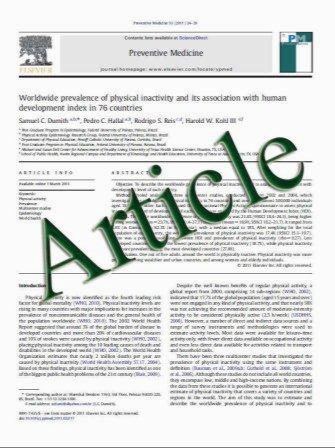Cutting Edge Issues in Rheumatic Fever
- نوع فایل : کتاب
- زبان : انگلیسی
- مؤلف : Christopher Chang
- چاپ و سال / کشور: 2011
Description
Although the incidence of acute rheumatic fever and rheumatic heart disease has decreased significantly in regions of the world where antibiotics are easily accessible, there remains a high incidence in developing nations as well as in certain regions where there is a high incidence of genetic susceptibility. These diseases are a function of poverty, low socioeconomic status, and barriers to healthcare access, and it is in the developing world that a comprehensive prevention program is most critically needed. Development of group A streptococcal vaccines has been under investigation since the 1960s and 50 years later, we still have no vaccine. Factors that contribute to this lack of success include a potential risk for developing vaccine-induced rheumatic heart disease, as well as difficulties in covering the many serological subtypes ofM protein, a virulence factor found on the surface of the bacterium. Yet, development of a successful vaccine program for prevention of group A streptococcal infection still offers the best chance for eradication of rheumatic fever in the twenty-first century. Other useful approaches include continuation of primary and secondary prevention with antibiotics and implementation of health care policies that provide patients with easy access to antibiotics. Improved living conditions and better hygiene are also critical to the prevention of the spread of group A streptococcus, especially in impoverished regions of the world. The purpose of this article is to discuss current and recent developments in the diagnosis, pathogenesis, and management of rheumatic fever and rheumatic heart disease.
Clinic Rev Allerg Immuno l# Springer Science+Business Media, LLC 2011


